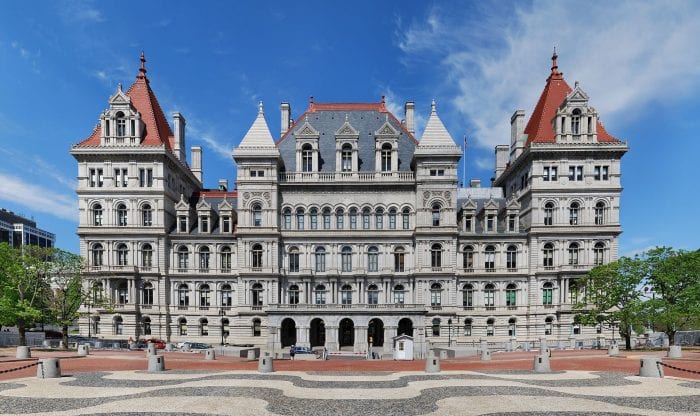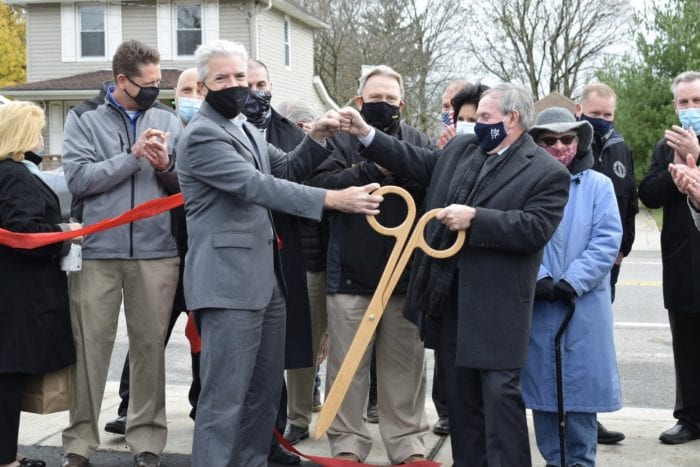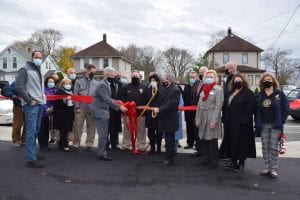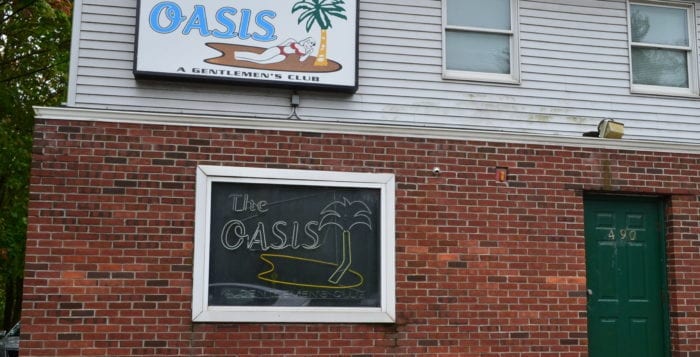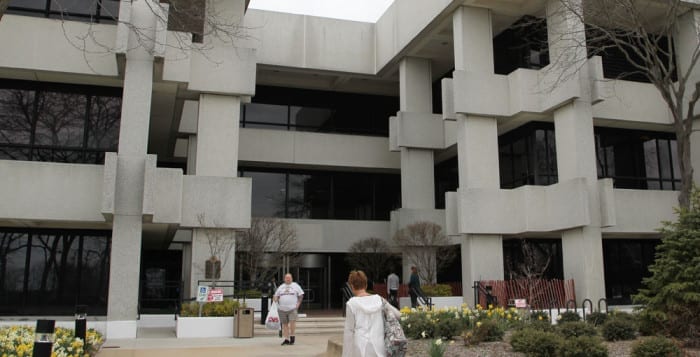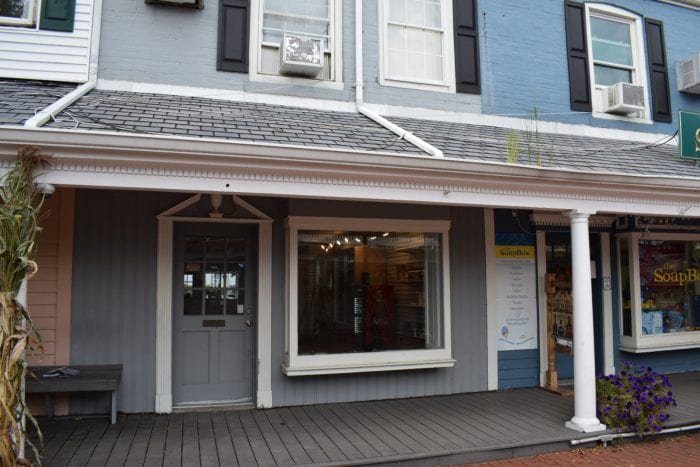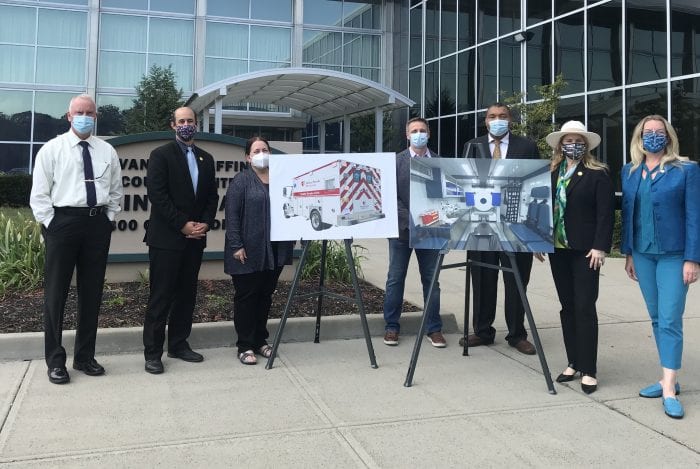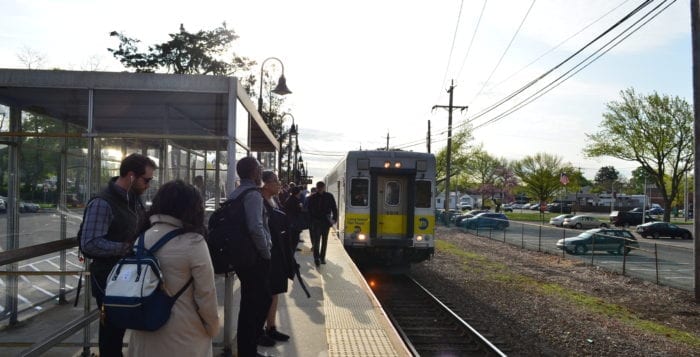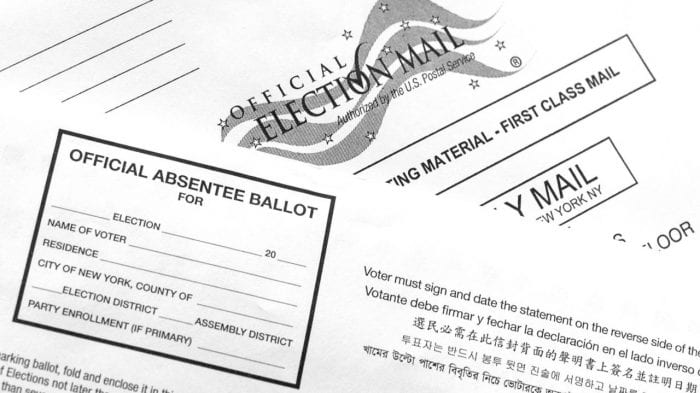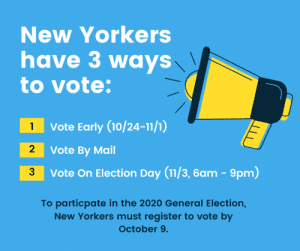By Nancy Marr
While we await the BOE’s certification of our election results (required by Dec. 7) we need to plan our priorities for the incoming NYS Legislators. Of critical importance is post-census redistricting. After the mid-2021 release of the 2020 census results, states must redraw their state and congressional district lines. These districts determine how communities are represented at the local, state and federal levels, influencing how our government works for us.
Gerrymandering (the intentional manipulation of the redistricting process by the people in political power to keep or change political power) can result from partisan redistricting in a number of ways, such as by consolidating communities into one district, or packing, which gives that community only one representative in the legislature; or by dividing the community across districts, called cracking, ensuring that the community is always the minority and less likely to be adequately represented by their representatives.
Two common forms of gerrymandering are racial gerrymandering and partisan gerrymandering. In 2018, the Supreme Court had the opportunity to set federal standards when states draw their districts that could ultimately curb partisan gerrymandering. Instead, the Court ruled to allow states to make their own determinations about partisan gerrymandering practices.
The New York State Constitution was amended in 2014 to designate an Independent Redistricting Commission to replace the legislature-controlled New York State Legislative Task Force on Demographic Research and Reapportionment (LATFOR) as the entity responsible for drawing the lines. The new commission is made up of four Democratic and four Republican appointees. Two additional nonaffiliated commissioners who are not members of those parties are then selected by a majority vote of the eight politically-appointed commissioners.
Members shall represent the diversity of the residents of the state with regard to race, ethnicity, gender, language and geographic reference. They cannot have been a member of the NYS legislature or U.S. Congress, or a state-wide official, or have been a state officer or employee or legislative employee, a registered lobbyist in NYS, or a political party chairman, or the spouse of any of those mentioned. Co-executives, one from each party, direct it. A chairperson, to organize the panel, is elected by majority vote.
The legislature has recently appointed its eight members, and those eight members selected two additional nonaffiliated commissioners. The commission also recently met to hire its Co-Executive Directors and begin planning its bylaws and staffing plans
To ensure that the redistricting process is fair and doesn’t lead to racial or partisan gerrymandering, districts should contain as nearly as possible an equal number of inhabitants and shall consist of contiguous territory and be as compact in form as practicable. It should consider the maintenance of cores of existing districts, or pre-existing political subdivisions, including counties, cities and towns, and communities of interest. Data showing race, income, education, employment, and age will guide the process.
Although New York State has not passed a Voter Rights Act, it should follow the guidelines set by the federal Voter Rights Act, which targeted certain New York election districts for pre-clearance before changing election lines.
Because the date for releasing the census counts was moved from April to July 31, 2021, and June 2022 is now the first NYS primary affected, there is a shortened time frame for public review of the plan, and input of community members as the plan is made. The commission must hold 12 public hearings with proposed maps available at least 30 days prior to the first public hearing. The plan must be submitted to the legislature by Jan. 1, 2022. If it is rejected by the legislature or the governor, the commission must submit a second plan no later than Feb. 28, 2022, to be approved by the legislature and implemented by March 2022. If it is not then approved, the plan will be drawn up by the legislature, or by a court master.
The Independent Redistricting Commission can curb gerrymandering through increased public input, accountability and transparent processes. We urge the legislature to ensure that the commission follows open meetings laws and allows for ample citizen input at the twelve public hearings that are required and as the plans are drafted. The success of New York’s first independent redistricting commission hinges on whether the legislature can provide adequate support and allow sufficient independence for the newly formed maps commission.
Nancy Marr is first vice president of the League of Women Voters of Suffolk County, a nonprofit, nonpartisan organization that encourages the informed and active participation of citizens in government and influences public policy through education and advocacy. For more information, visit www.lwv-suffolkcounty.org or call 631-862-6860.

